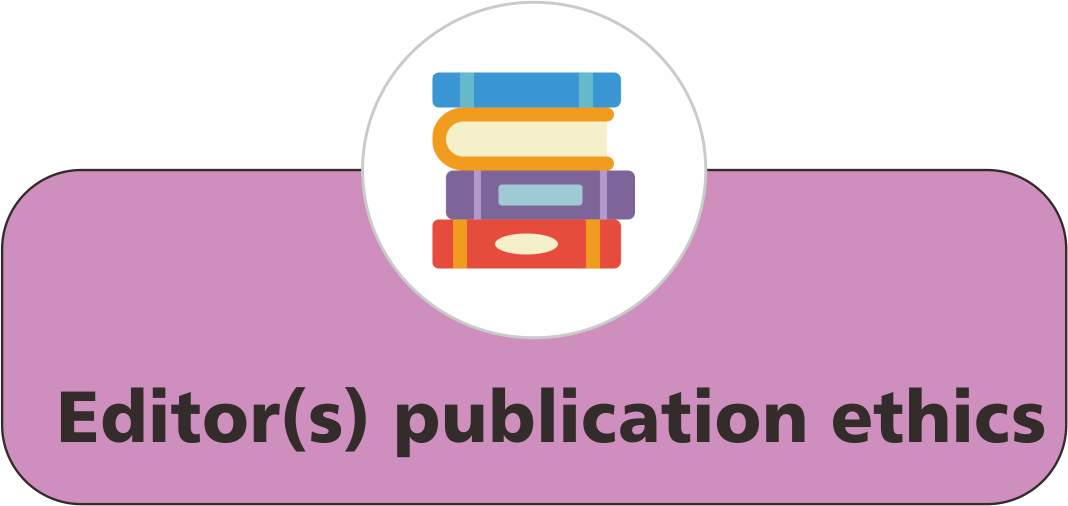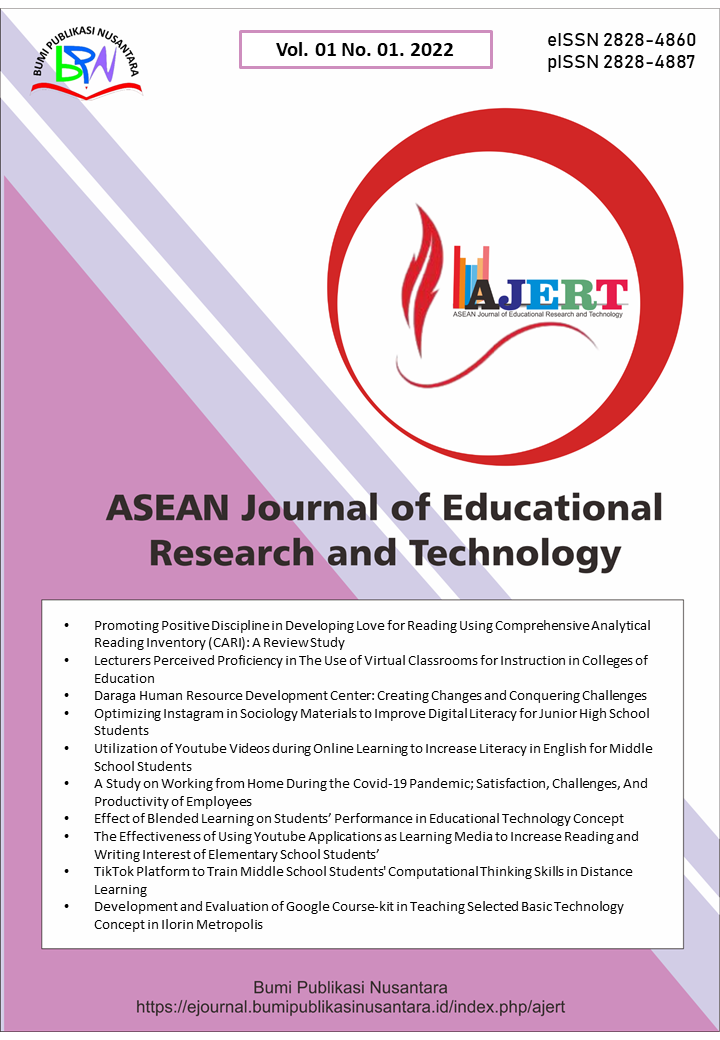Problems Encountered with Online Class Participation
 ), Melody A. Zaragoza(2), Sherry V. Mecida(3),
), Melody A. Zaragoza(2), Sherry V. Mecida(3),
(1) Notre Dame of Tacurong College
(2) Notre Dame of Tacurong College
(3) Notre Dame of Tacurong College
 Corresponding Author
Corresponding Author
Abstract
Keywords
References
Ahmad, C. V. (2021). Causes of students’ reluctance to participate in classroom discussions. ASEAN Journal of Science and Engineering Education, 1(1), 47-62.
Barrot, J. S., Llenares, I. I., and Del Rosario, L. S. (2021). Students’ online learning challenges during the pandemic and how they cope with them: The case of the Philippines. Education and Information Technologies, 26(6), 7321-7338.
Bergmark, U., and Westman, S. (2018). Student participation within teacher education: emphasising democratic values, engagement and learning for a future profession. Higher Education Research and Development, 37(7), 1352-1365.
Dancer, D., and Kamvounias, P. (2005). Student involvement in assessment: A project designed to assess class participation fairly and reliably. Assessment and Evaluation in Higher Education, 30(4), 445-454.
Gonzalez-Ramirez, J., Mulqueen, K., Zealand, R., Silverstein, S., Reina, C., BuShell, S., and Ladda, S. (2021). Emergency online learning: College students' perceptions during the COVID-19 crisis. College Student Journal, 55(1), 29-46.
Rotas, E., and Cahapay, M. (2020). Difficulties in remote learning: Voices of Philippine university students in the wake of COVID-19 crisis. Asian Journal of Distance Education, 15(2), 147-158.
Ghalley, L. R., and Rai, B. M. (2019). Factors influencing classroom participation: A case study of Bhutanese higher secondary student. Asian Journal of Education and Social Studies, 4(3), 1-14.
Abdullah, M. Y., Bakar, N. R. A., and Mahbob, M. H. (2012). Student's participation in classroom: What motivates them to speak up?. Procedia-Social and Behavioral Sciences, 51, 516-522.
Black, L. (2004). Differential participation in whole-class discussions and the construction of marginalised identities. The Journal of Educational Enquiry, 5(1), 34-54.
Zayapragassarazan, Z., and Kumar, S. (2012). Active learning methods. Online Submission, 19(1), 3-5.
Martyn, M. (2007). Clickers in the classroom: An active learning approach. Educause Quarterly, 30(2), 71.
Ghilay, Y., and Ghilay, R. (2015). TBAL: Technology-based active learning in higher education. Journal of Education and Learning, 4(4), 10-18.
Article Metrics
Abstract View : 1236 times
: 1236 times Download : 953 times
Download : 953 times
Refbacks
- There are currently no refbacks.
Copyright (c) 2022 Bumi Publikasi Nusantara

This work is licensed under a Creative Commons Attribution-ShareAlike 4.0 International License.









